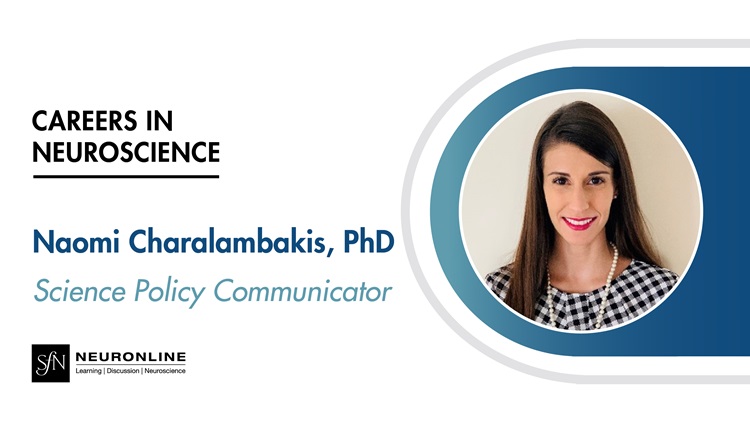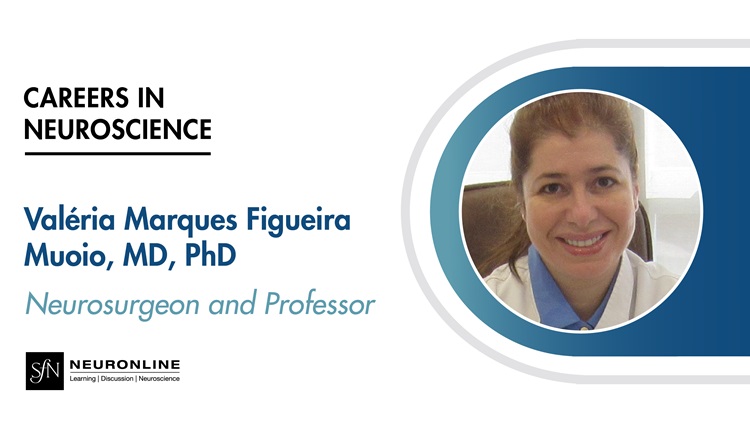Teaching Computation in Neuroscience
- Featured in:
- SfN Annual Meeting Recordings
Mar 05, 2020
Discover best practices for teaching computation for neuroscience. In this video, you’ll learn:
- The statistical background students need.
- Programming languages that are the most useful for computational neuroscience.
- Computational methods for physiological data.
- Practical aspects of teaching computational neuroscience.
You’ll also come away with resources for teaching and learning computational modeling in neuroscience.
Speakers

William Grisham, PhD
William Grisham is an addjunct professor at the University of California, Los Angeles. Grisham’s main research interests lie in pedagogy and comparative neuroanatomy. He received his undergraduate degree in psychology from Colorado State University and his PhD in psychology from Bryn Mawr College. He completed his postdoctoral training at UCLA.
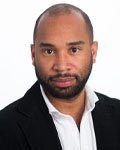
Mathew Abrams
Mathew Birdsall Abrams is a deputy director at the International Neuroinformatics Coordinating Facility (INCF), an organization dedicated to enabling open and FAIR neuroscience. He is also the lead developer of TrainingSpace, an online hub that aims to make neuroscience educational materials more accessible to the global neuroscience community.

Walt Babiec, PhD
Walt Babiec is a lecturer in the undergraduate interdepartmental program for neuroscience at the University of California, Los Angeles, where he teaches undergraduate and graduate students about topics including synaptic physiology, learning and memory, and the nonlinear dynamics underlying the functioning of physiological systems. He earned his PhD in neurobiology at UCLA and still finds time to perform research looking at the biochemical processes mediating fundamental aspects of synaptic communication and developing dynamical systems models of micro- and macrolevel brain functions. Before studying neuroscience, Babiec was a practicing engineer for nearly a decade at The Boeing Company, where he designed, built, and tested communications satellites.

Adrienne Fairhall, PhD
Adrienne Fairhall is a professor in the department of physiology and biophysics at the University of Washington (UW) and co-director of the UW Institute for Neuroengineering. The Fairhall lab uses mathematical and statistical methods to study the relationship between neuronal circuitry and functional algorithms of computation. Fairhall’s group collaborates closely with experimental labs to uncover algorithms of information processing in a range of systems, from single neurons to foraging mosquitos to navigating primates.

Pascal Wallisch, PhD
Pascal Wallisch serves as clinical assistant professor at New York University. He received his PhD in Psychology from the University of Chicago. Wallisch’s main research interests lie at the intersection of neuroscience, psychology, and data science. He co-founded the "Neural Data Science" summer course at CSHL and wrote several books on the analysis of data for neuroscience purposes.

Robert Kass, PhD
Robert Kass is a Maurice Falk Professor of Statistics and Computational Neuroscience at Carnegie Mellon University (CMU). He previously was a department head of statistics at CMU. Over the past 15 years Kass’s research has focused on applications of statistics to neuroscience. He received his PhD in statistics from the University of Chicago.
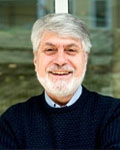
Richard Olivo, PhD
Richard Olivo is a professor of biological sciences and neuroscience at Smith College. He was also an associate director of the Derek Bok Center for Teaching and Learning at Harvard University. He received his PhD degree from Harvard. His early research was on invertebrate neurobiology, but in recent years he has focused on innovations in teaching, including by serving as project director for SfN's Educational Resources in Neuroscience (ERIN) and organizing annual teaching workshops.
3 of 5 articles left
Login
or
Become a Member
to unlock content


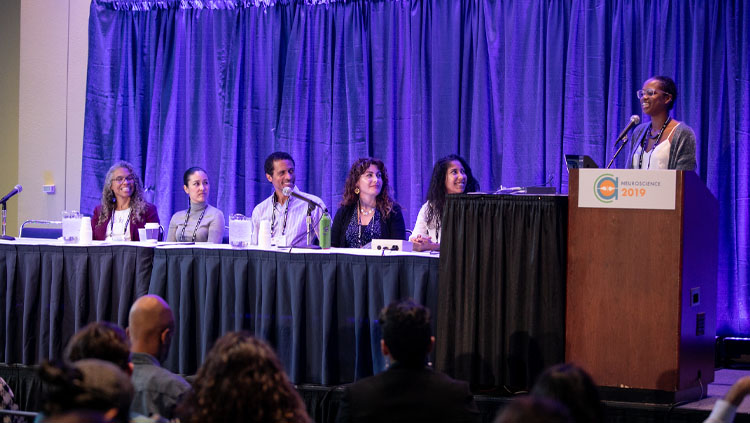
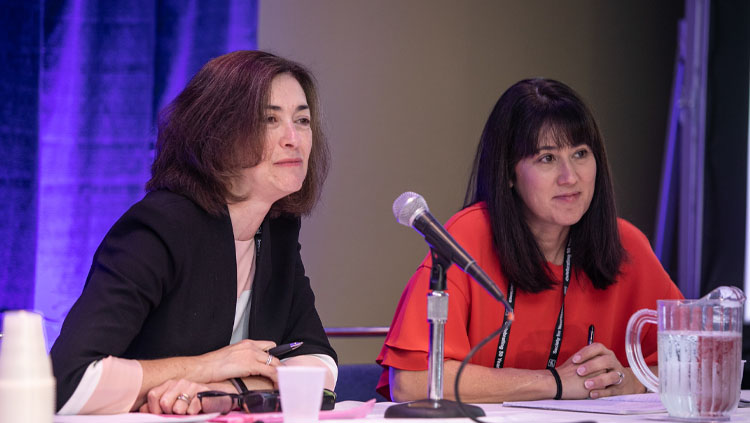
.jpg?h=423&w=750&la=en&hash=5874576AB4EF551095D71B87EF35C5F1D909877E)
